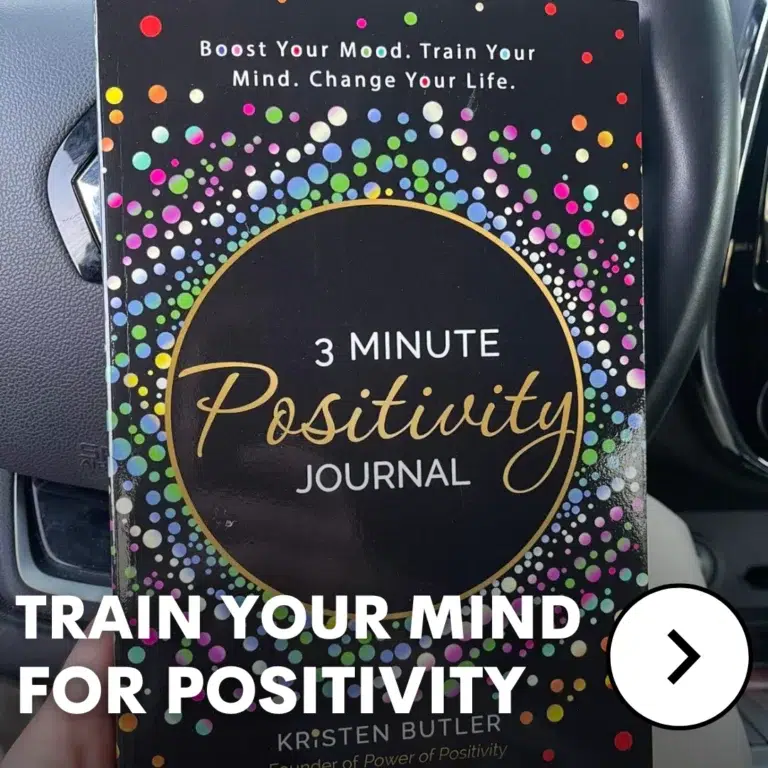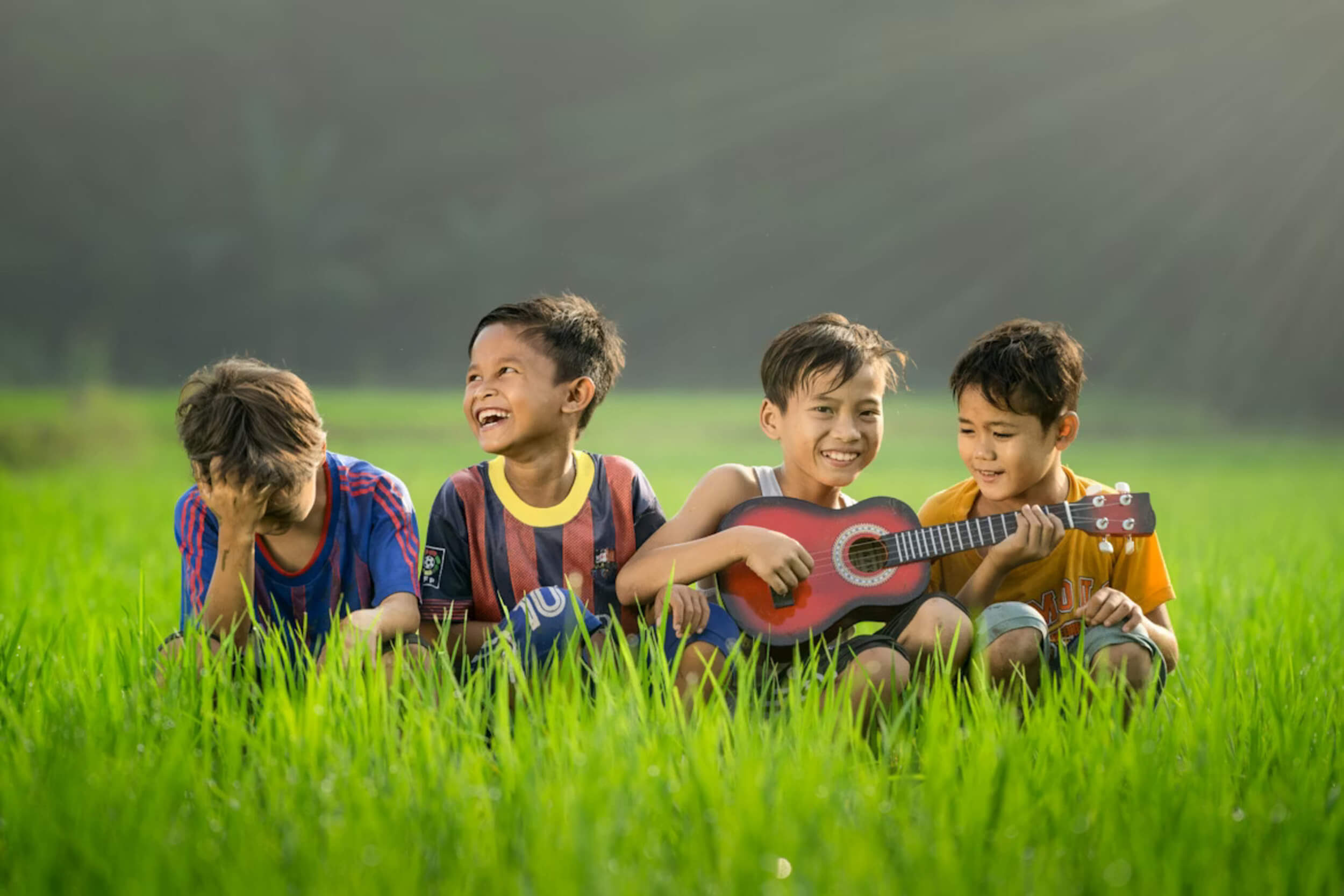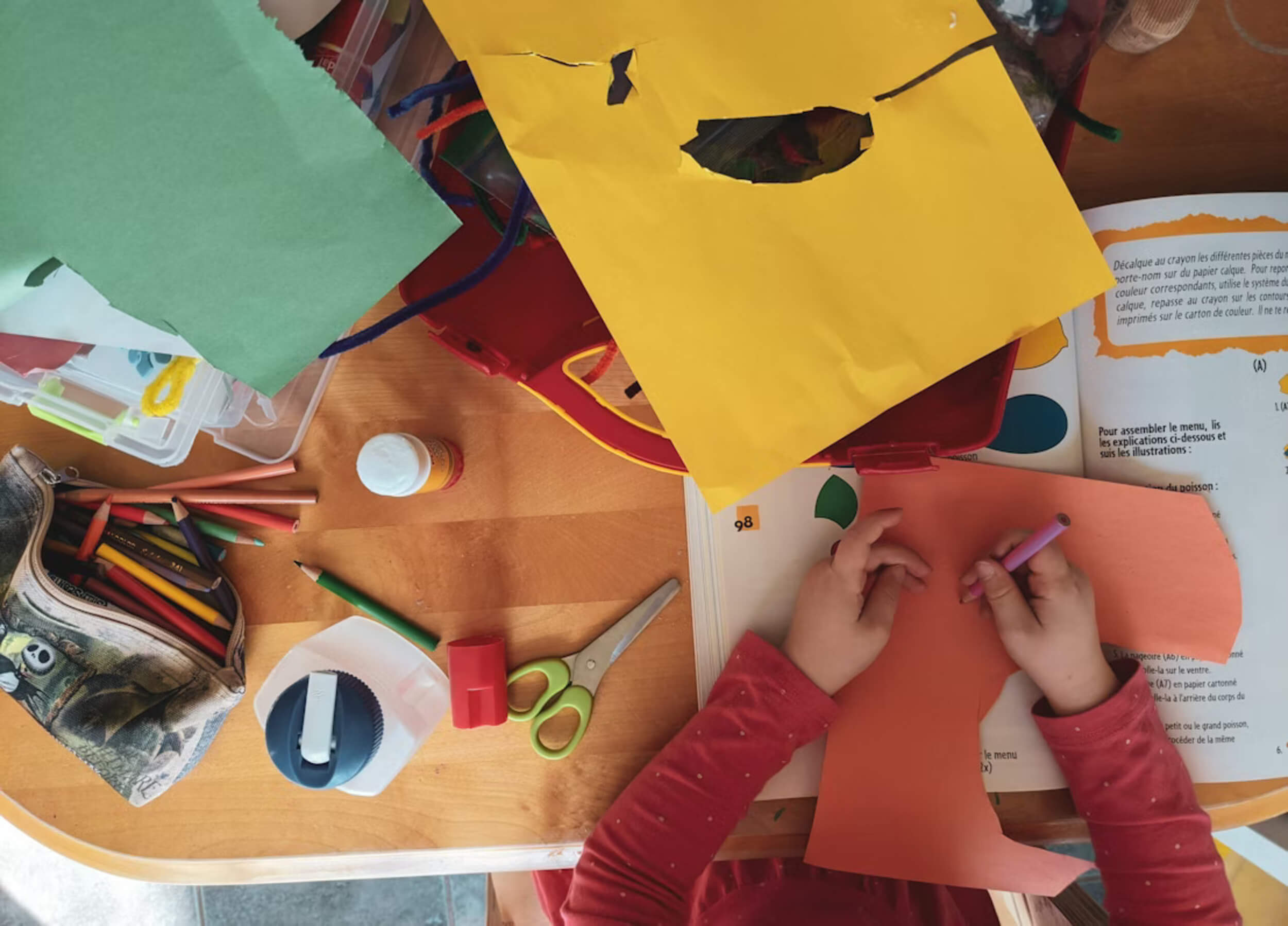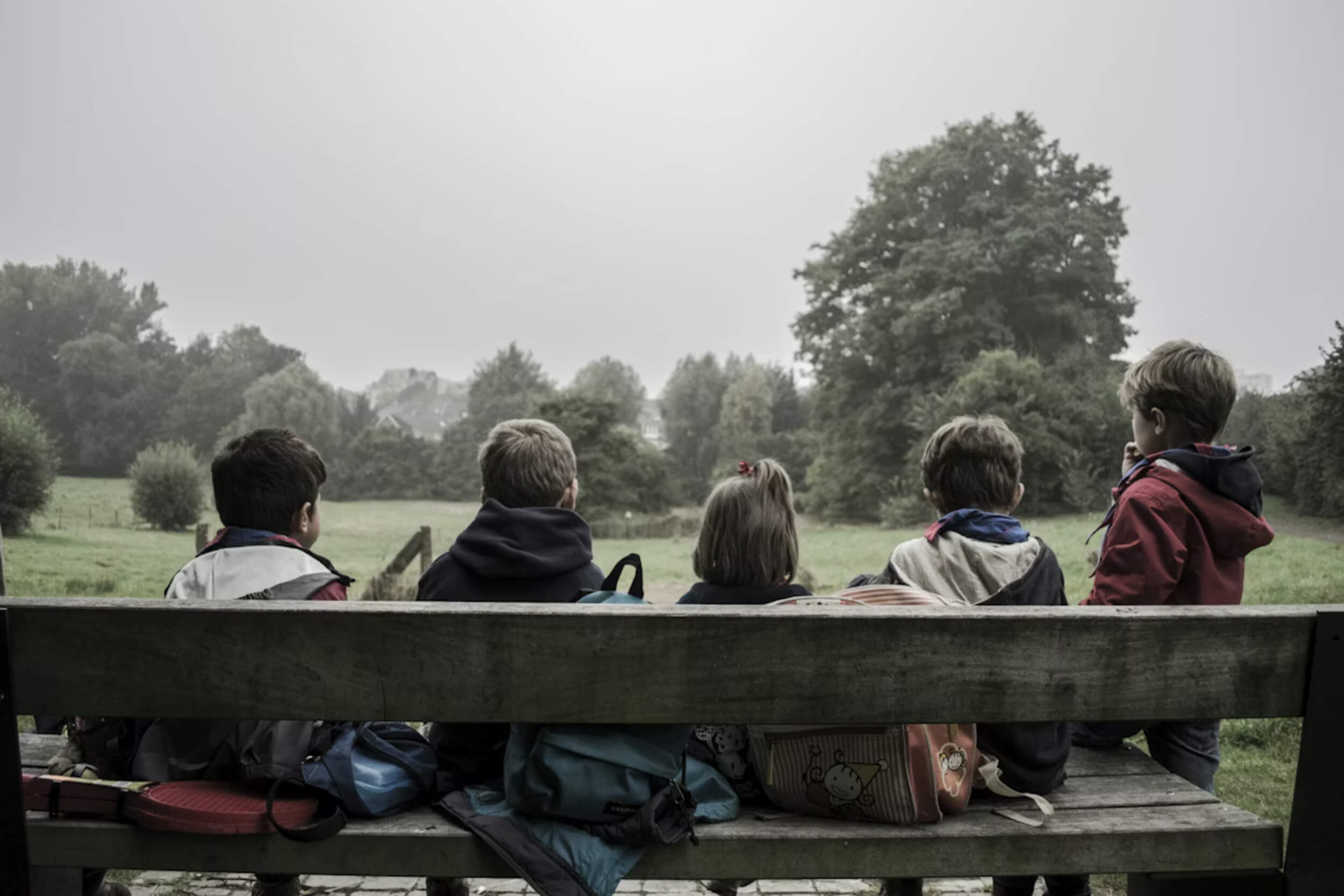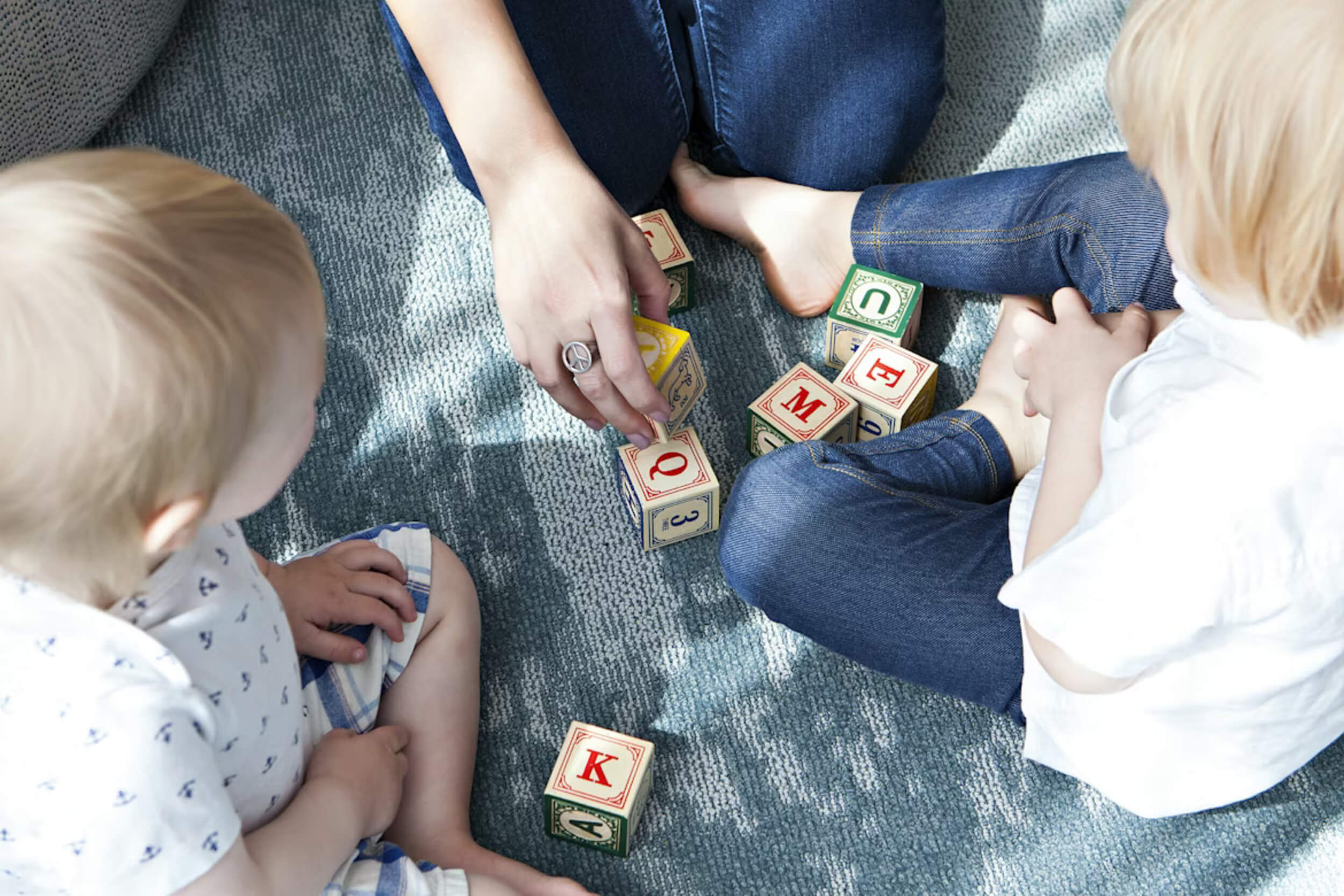Disclaimer: I’m not a child psychologist or therapist, and I don’t claim to be. I write from the view of a parent and caregiver who has spent years paying attention, asking questions, and learning from both research and everyday life with kids.
Most parents do the same—we read articles, listen to talks, and watch our children closely because we want to understand what truly helps them grow. It’s a constant mix of trial, error, and small wins. Along the way, one thing becomes clear: children don’t need a long list of complicated things.
What matters most is simple but powerful—the trio kids need most: health, love, and structure. Each one shapes their bodies, hearts, and minds in different ways. When all three come together, kids feel safe, valued, and ready to handle life. That’s the foundation this article is built on.
Why These Three Matter Most
Kids grow best when their world feels safe, steady, and loving. Science shows that a child’s brain and behavior don’t just unfold on their own—they respond directly to the kind of care and environment they live in every day.
Health, love, and structure form the trio kids need most because they work together like the base of a house. Health fuels the body and mind, love anchors the heart, and structure provides the walls that hold everything steady. When one is weak, the whole house starts to wobble.
Without health, children struggle to focus or stay strong. Without love, they miss out on security and connection. Without structure, even the most loved child can feel lost or overwhelmed.
Parents and caregivers can see the difference when all three are present. Kids tend to bounce back faster after setbacks, build better relationships, and learn how to regulate their emotions.
Here’s the simple truth: the trio kids need most sets the stage for every other kind of growth. Now let’s look at each part—health, love, and structure—and how they shape kids in ways that last a lifetime.
Health: Strong Minds and Bodies
Physical Health: The Basics We Can’t Skip
Strong bodies help kids take on daily life with energy. Physical health often comes down to three basic habits that are easy to overlook but make the biggest difference:
- Consistent sleep routines – Going to bed and waking up around the same time helps kids regulate mood and stay alert.
- Nutritious food choices – What kids eat fuels their growth. Simple meals with fruits, vegetables, protein, and whole grains are “good stuff in, good growth out.”
- Daily active play – Running, climbing, or biking supports both muscles and brain development. Replacing long screen time with movement gives kids the natural exercise their bodies crave.
Parents don’t have to be perfect here. Even small, steady choices build the kind of physical strength that is part of the trio kids need most.
Emotional Health: Naming and Regulating Feelings
Healthy emotions don’t happen by accident. Children learn them through caregivers who show calm, give eye contact, and model patience.
- Mirror moments matter – Babies and toddlers study expressions to figure out how feelings work.
- Trauma interrupts the process – Neglect or harsh environments can block normal growth, leaving kids stuck in earlier emotional stages.
- Re-teaching is possible – With patience, parents can help kids label their emotions, practice calming strategies, and feel safe expressing themselves.
Emotional health is a steady process, not a quick fix. Every small interaction—pausing to listen, using gentle words, offering comfort—adds up. This is another piece of the trio kids need most, because without it, kids may struggle to connect with others or manage stress.
Mental Health: Creating Safe Cognitive Space
Clear minds develop when children feel secure. Predictability helps kids think without being distracted by fear or worry.
- Routine creates focus – Knowing what comes next frees up brain space for learning.
- Reading builds pathways – Daily reading together improves memory, language, and imagination while strengthening caregiver bonds.
- Safe environments encourage curiosity – Kids explore and problem-solve when they know they’re supported.
Even young children benefit from structure around learning, such as quiet time for books, limited screens, and encouragement to ask questions. These habits help them grow the mental strength they need for school and beyond.
Strong mental health closes the loop on the trio kids need most, tying together physical wellness and emotional balance into a foundation kids can stand on.
Love: The Anchor of Childhood
Why Love Isn’t Optional
Every child craves love. It’s not extra—it’s essential. When kids know they are loved no matter what, they develop confidence and courage to face challenges.
- Love tells kids: “You matter, no matter what.”
- It helps them take healthy risks because they know someone will be there if things don’t go as planned.
- It shapes their sense of identity, giving them a safe place to return when the world feels overwhelming.
Unconditional love doesn’t mean always agreeing or giving in. It means showing children that even in correction, your care for them does not change. This kind of steady love forms an anchor that holds them through storms.
Showing Love in Small Daily Acts
Grand gestures are nice, but kids feel loved most through steady, everyday actions:
- Listening fully – Put down the phone and pay attention.
- Hugs and touch – Physical affection reassures and comforts.
- Encouraging words – Praise effort and celebrate small wins.
- Quality time – Short but consistent moments like bedtime talks or shared meals make lasting memories.
These simple habits tell children they are seen and valued. Over time, kids connect love with presence and reliability, not big events. It’s the regular rhythm of care that makes the difference.
Love Beyond the Family
Children grow stronger when love comes from more than one place. Teachers, mentors, coaches, and relatives all help build a child’s sense of belonging.
- Mentors guide – Adults outside the home can offer wisdom and encouragement.
- Friends matter – Positive peer relationships teach empathy, teamwork, and support.
- Community counts – Being part of a group, like school or faith activities, creates extra layers of safety and connection.
Love from many directions teaches kids they are part of something bigger than themselves. These outside bonds don’t replace family love, but they add to it, creating a wider safety net for growth.
Structure: The Language of Safety
Predictability as Comfort
Children relax when they know what to expect. Routines give them a sense of safety because the day feels steady instead of chaotic.
- Bedtime rituals – Same steps each night signal it’s time to rest.
- Mealtime rhythm – Eating together, even briefly, helps kids feel secure.
- Daily flow – Clear morning and evening routines reduce stress for both kids and parents.
Predictability doesn’t mean life is rigid. It means kids can count on some regular rhythms, and that lowers anxiety. When they know the plan, they can focus their energy on learning, playing, and connecting.
Boundaries That Build Confidence
Rules are not meant to restrict; they are meant to guide. Children actually thrive when limits are clear, because it teaches them respect and responsibility.
- Consistent rules – When expectations stay steady, kids understand what’s acceptable.
- Natural consequences – Simple cause-and-effect helps kids learn accountability.
- Respectful guidance – Rules applied with kindness build trust rather than fear.
Boundaries show kids that caregivers are reliable leaders. They learn that choices have results, which is an important part of growing up.
Freedom Inside Structure
Structure doesn’t mean taking away choice. In fact, real growth happens when children are given freedom within safe limits.
- Choices within limits – Picking between two healthy snacks or two bedtime stories gives a sense of control.
- Encouraging independence – Small responsibilities like packing their bag or tidying toys build confidence.
- Problem-solving – Guided freedom helps kids learn to make decisions and handle mistakes.
This balance—clear structure paired with freedom—teaches responsibility while letting children feel capable.
What Happens When One Is Missing
When health, love, or structure is missing, kids feel the difference.
- Health without love is survival without joy.
- Love without structure leads to chaos and confusion.
- Structure without love feels like control, not connection.
Balance is the key. The trio kids need most works only when all three are present together. When one is missing, kids can still grow, but they may struggle with resilience, relationships, or emotional control. With all three in place, children are equipped with the tools they need to thrive long term.
10 Practical Ways to Provide All Three
Here are simple daily habits that bring health, love, and structure into family life:
- Stick to consistent sleep routines – Kids thrive on regular rest.
- Prioritize healthy meals and snacks – Small choices add up to better nutrition.
- Encourage outdoor play every day – Fresh air and movement support both body and mind.
- Read together as a daily ritual – Builds learning skills and strengthens bonds.
- Use bedtime as bonding time – Talk, pray, or share stories before lights out.
- Praise effort, not just results – Helps kids value progress over perfection.
- Share age-appropriate responsibilities – Chores teach teamwork and responsibility.
- Model calm conflict resolution – Children learn by watching how adults handle stress.
- Offer affection freely and consistently – Show love through words, hugs, and presence.
- Keep rules simple, clear, and steady – Predictability lowers anxiety and builds trust.
These aren’t complicated steps, but together they form the habits that represent the trio kids need most in action.
Final Thoughts on Health, Love, and Structure
Kids don’t need perfection from parents. What they truly need is steady effort around the three basics: health, love, and structure. Together, they create safety, connection, and growth.
Health fuels their bodies and minds. Love anchors their hearts. Structure steadies their steps. When parents and caregivers focus on this trio, children are given a strong foundation to build on for the rest of their lives.
The trio kids need most is simple, practical, and powerful—and with consistent care, every child can grow into a confident and resilient adult.






